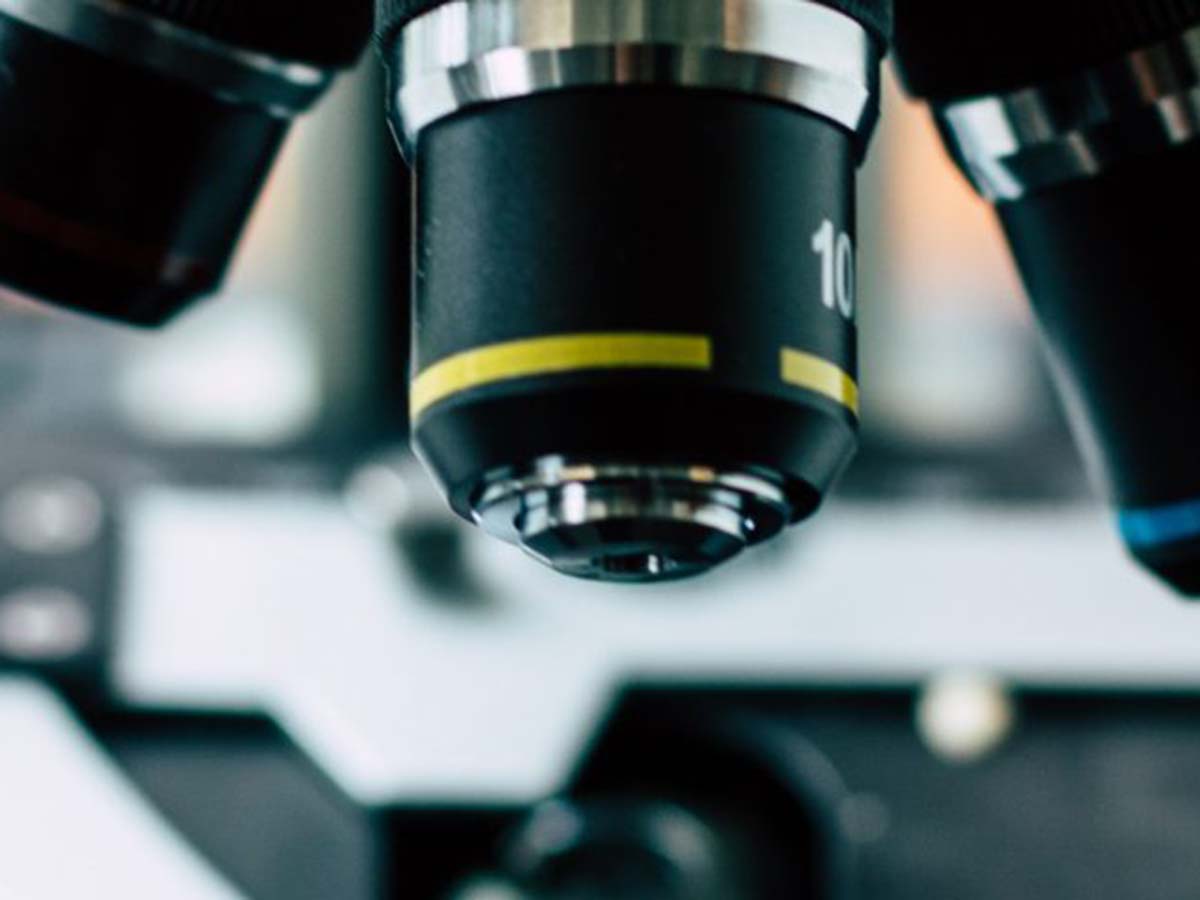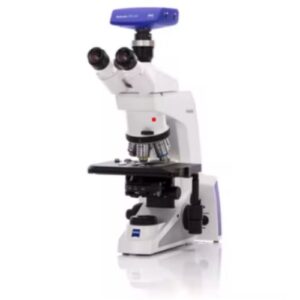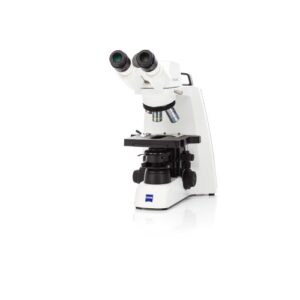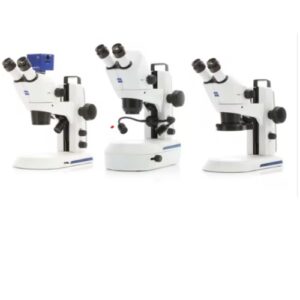Choosing a correction collar objective upfront will save you a hassle in the future
“Clayton, I need you to get down to the lab. There’s a problem with the 40x objective.”
I get to the lab after looking over the original quote. My eyes race down the line-by-line configuration to “Objective HI PLAN 40x/0.65.” The numerical aperture, 0.65, says it all. Coverslips only.
I put a slide down on my customer’s Leica DMi1 microscope and visualize it easily for them through the digital camera.
“All good?” I blankly ask, suspecting there is more.
“Now put on a well plate and tell me what happens,” asks my customer.
I grab her flask with a confluent layer of kidney cells in it and place it on the stage. My heart beats faster knowing what’s going to happen next. I’m able to visualize the cells in phase contrast at 20x. Check.
Switch to the 40X objective lens and then, “SHING-CHUNK!” As the 40x objective slides into place, the surface of the lens housing grinds against the stage insert and crashes into the plastic flask.
“Ohhh that is bad,” the PI says to me, “is there a way to fix this?”
Sure enough, the objective bumped into the bottom of the 2 mm thick flask due to the short working distance of the lens. This 40X lens is designed for the 0.17 thickness of standard microscope coverslips and has a free working distance of 0.36 mm. Plastic dishes vary in thickness, but most are 1mm thick. Too thick for the plastic flask the PI is attempting to use with the 40X objective lens. I explain the optical limitations of the lens and we agree that the 20x will get the job done for this flask.
Coverslips or plastic dishes, an impossible choice!
Right about now, the PI is wishing he had chosen the long working distance version of the 40x objective lens. The long working distance version is designed to focus through plastic cell culture dishes and flasks. This objective has a lower numerical aperture than the objective he currently has (0.50 vs. 0.65), but enough working distance to focus through thicker flasks and well plates. These lenses, although ideal for cell culture vessels, are not ideal for slides. When this microscope was purchased the PI prioritized slides over plastic dishes at 40X. It’s clear now that he needs an objective lens for both plastic vessels and slides.
If only there were a lens that could adjust for coverslips and plastic…
The product managers at Leica recognized that users need a lens for both plastic and glass, which provides an adjustment for either application. Leica offers an option for mid-range magnifications on inverted microscopes called a “correction collar objective” (CORR). The CORR brings flexibility and savings to imaging. A twistable, ribbed ring encompasses the circumference of the objective, marked by the numbers “0, 1, and 2.” These numbers stand for the thickness of the vessel (mm) that light must go through in order to properly focus on the sample. For slides, the correction collar can be adjusted to the “0” position to compensate for the thin coverglass. For well plates and petri dishes, the objective can be adjusted to the “1” position for optimal focus. Lastly, for vessels that utilize thick 3D matrix media, the lens can be adjusted closer to the “2” position for optimal focus and contrast.
So much value in CORR lenses
The CORR method saves users headache, space, and the cost of purchasing two objective lenses. Alternatively, choosing one lens design will limit the types of compatible vessels ultimately causing frustration and limitations to the types of experiments that can be completed. The investigator could go out and buy a revolving microscope, but the user is still limited by the lens that is being switched!
The use of two 40x lenses, with clear tradeoffs of numerical aperture/working distance, takes up an extra objective lens position. Depending on the number of objective lens positions on the microscope, two lenses may force researchers to have to put another magnification on the shelf. Lastly, purchasing a CORR objective in the beginning means the lab won’t have to duplicate spending. Users won’t be forced to purchase a second 40x lens when it becomes apparent that current experiments require long plastic or glass.
Seeing is believing
Fast forward two weeks, my fingers clench a test slide and a CORR 40X lens rests safely in my jacket pocket. I take off the existing non-CORR 40x from the DMi1 and slip on the new one. The ribbed ring marking rests under “0”, and my slide sits on the stage.
- Center.
- 20X
- Focus.
- 40X
- Focus.
- Boom.
“Very good, Clayton. Now my flask.”
The plastic flask full of a neon red liquid comes out of the incubator and is placed on top of the DMi1. I twist that CORR to “1,” and go back to my 20x lens.
- Focus.
- 40X
Fingers crossed now. My memory is vivid. I can hear the “SHING-CHUNK” of it grazing the harsh metal stage and crashing into the unforgiving plastic.
- Flip.
Silence. No sound. Only a clear layer of phase cells after a tad of focusing. “Nailed it,” I quietly said to myself.
Trust W. Nuhsbaum
Be hardCORR and choose Leica’s specialized CORR lens when imaging at 20X and 40X for glass and plastic. Don’t be limited to the types of vessels that can be used on your microscope – be limitless! When it comes to CORR, always better to have it and not need it than to need it and not have it.
Trust the microscope specialists and imaging specialists at W Nuhsbaum to learn about your application and recommend the CORRect lens for the application.




